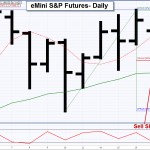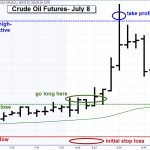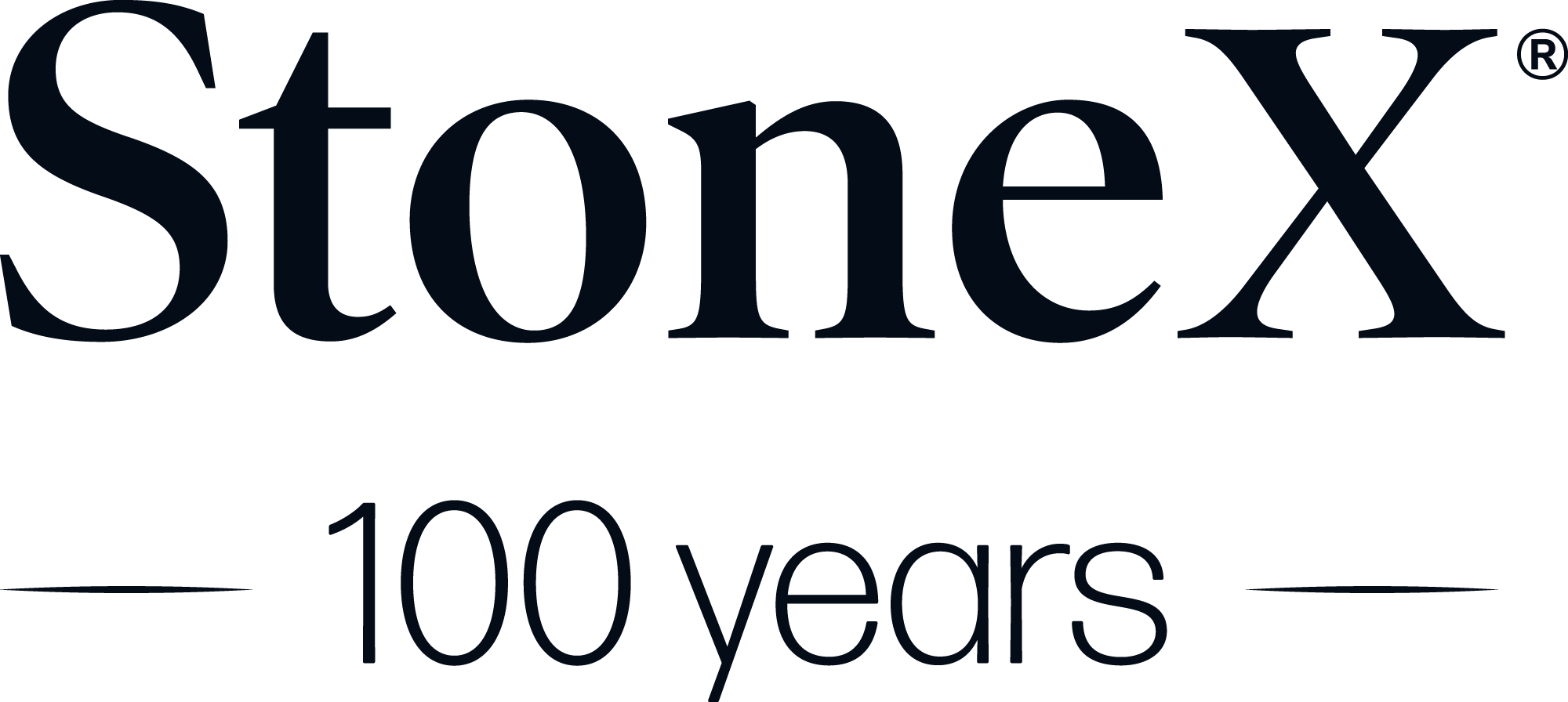Humans have utilized lumber for construction for thousands of years, but due to the heaviness of timber and the manual methods of harvesting, large-scale lumbering didn’t occur until the mechanical advances of the Industrial Revolution.


Humans have utilized lumber for construction for thousands of years, but due to the heaviness of timber and the manual methods of harvesting, large-scale lumbering didn’t occur until the mechanical advances of the Industrial Revolution.

by Scott Hoffman
Overnight trading can give you additional patterns for trade setups during the regular trading day, especially for markets like the stock index futures.

by Scott Hoffman
Of the three days in the Taylor Trading Technique cycle, I often don’t look to trade markets that are on the Sell day, as Sell days don’t have the clear directional bias of a Buy or a Sell Short day. However, there are some setups that can yield good trades on Sell days.

by Craig Turner
Basis Trading is a strategy used by elevators (and some farmers) looking to take advantage of favorable basis prices by exploiting the difference between the cash and futures. Grain elevators buy and sell grain all year around. When elevators make commitments to buy corn from farmers on the local market, elevators will also sell futures close to the cash delivery date to hedge themselves.

Perhaps the most controversial debate of our age is the amount of oil we have left to pump from the earth. Some speculate as many as hundreds of years, while others say we may experience an output shortage as early as 2015.

by John Payne
Learn more about This Week in Grain! John Payne explains what you get as a subscriber to his weekly grain and oilseed commentary newsletter.

by John Payne
What is a bull pennant? The bullish pennant formation is found within the uptrend of a futures contract.

If it had not been for Wheat, human beings may never have socially and culturally developed as cosmopolitan as we have. Wheat was the first crop to be cultivated on a grand scale and stored long-term, enabling the start of city-based societies and the dawning of civilization.

Canola is a genetic variation of rapeseed developed by Canadian plant breeders specifically for its nutritional qualities and its low level of saturated fat. The term Canola is a contraction of “Canadian oil.”

The Dow Jones Industrial Average (DJIA) is often viewed as a strong indicator of the success of the U.S. stock market and the U.S. economy overall. The DJIA represents nine economic sectors including financial services, technology, retail, entertainment and consumer goods. The DJIA is one of the most widely quoted measures of the U.S. stock market due to its extremely high correlation to broader U.S. indexes, such as the S&P 500.
